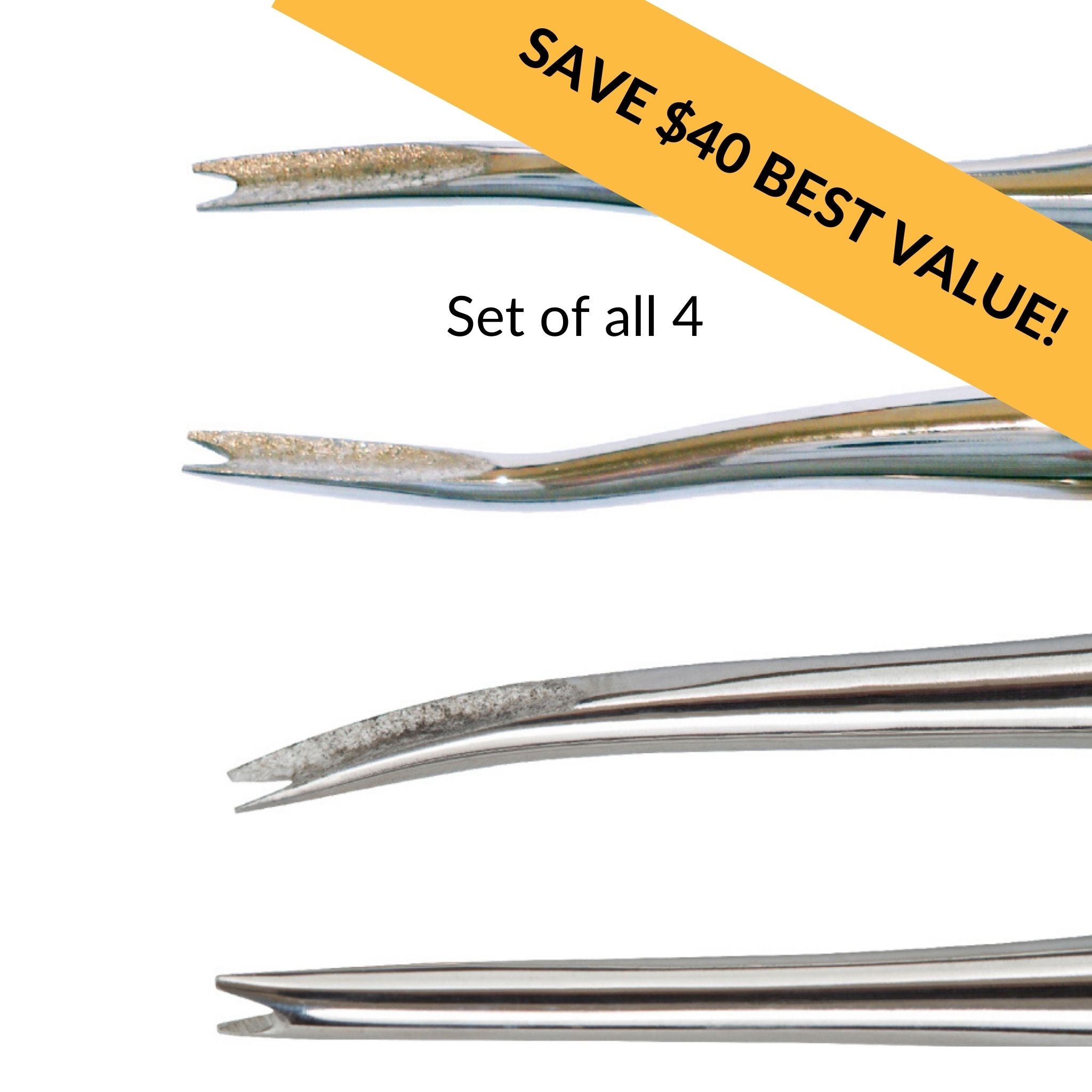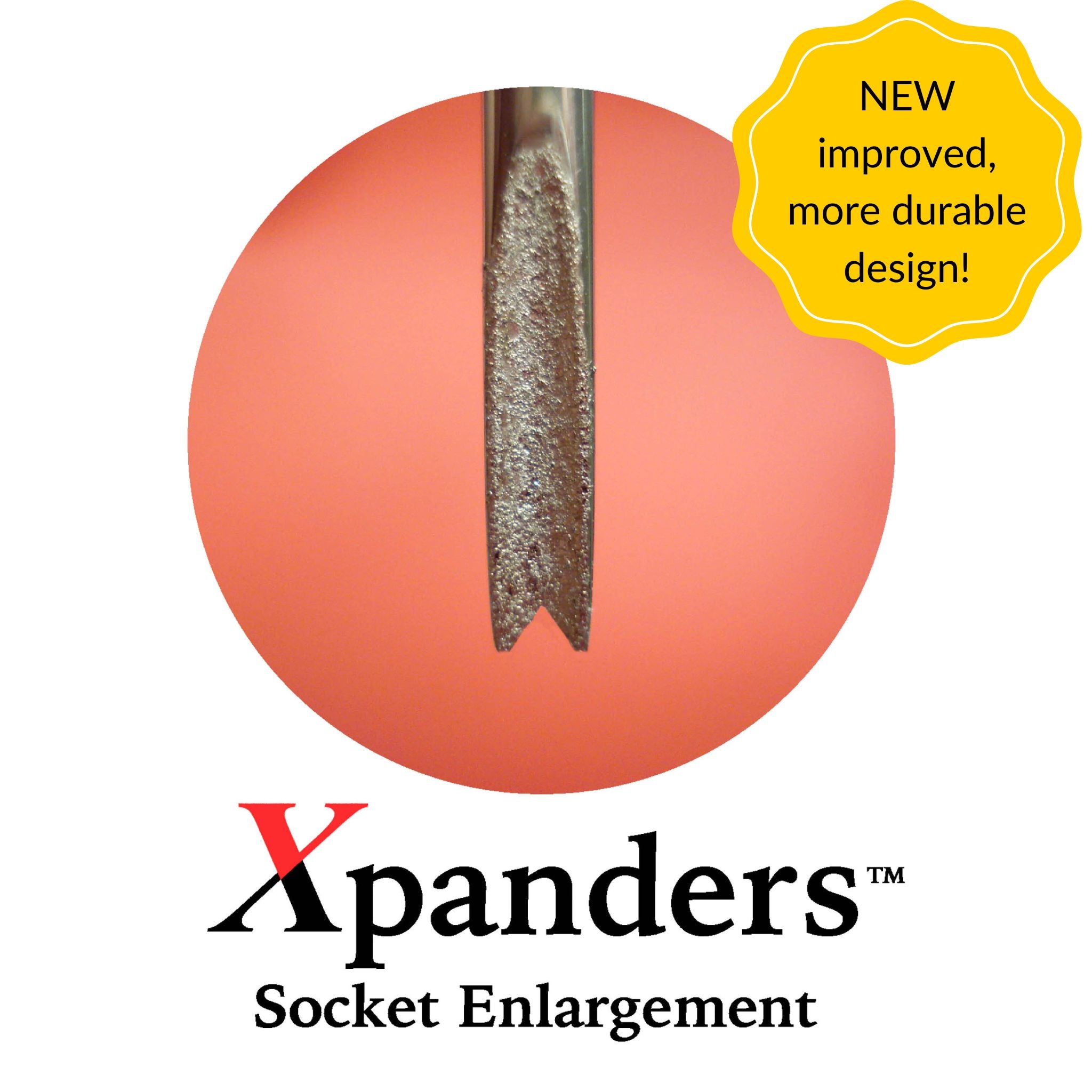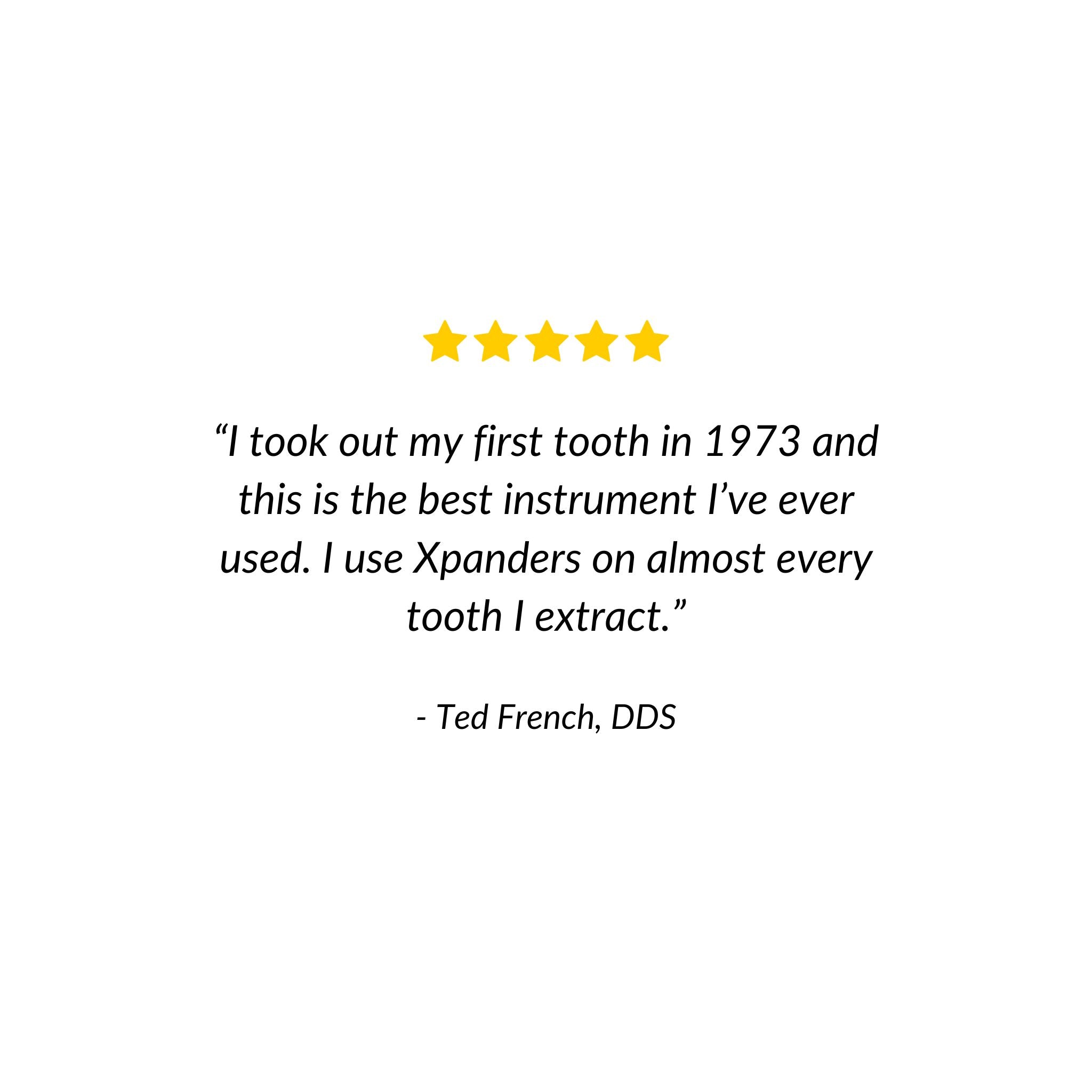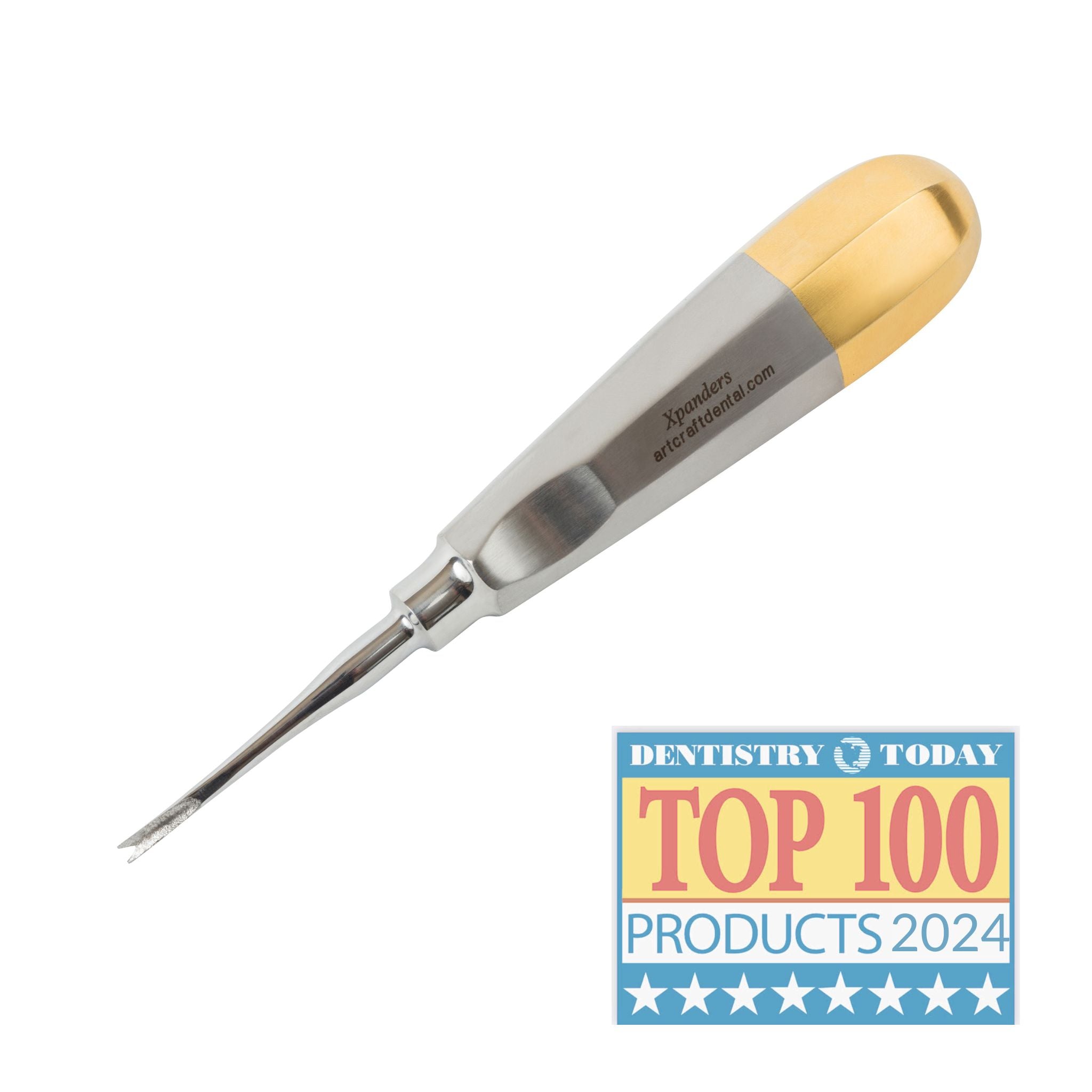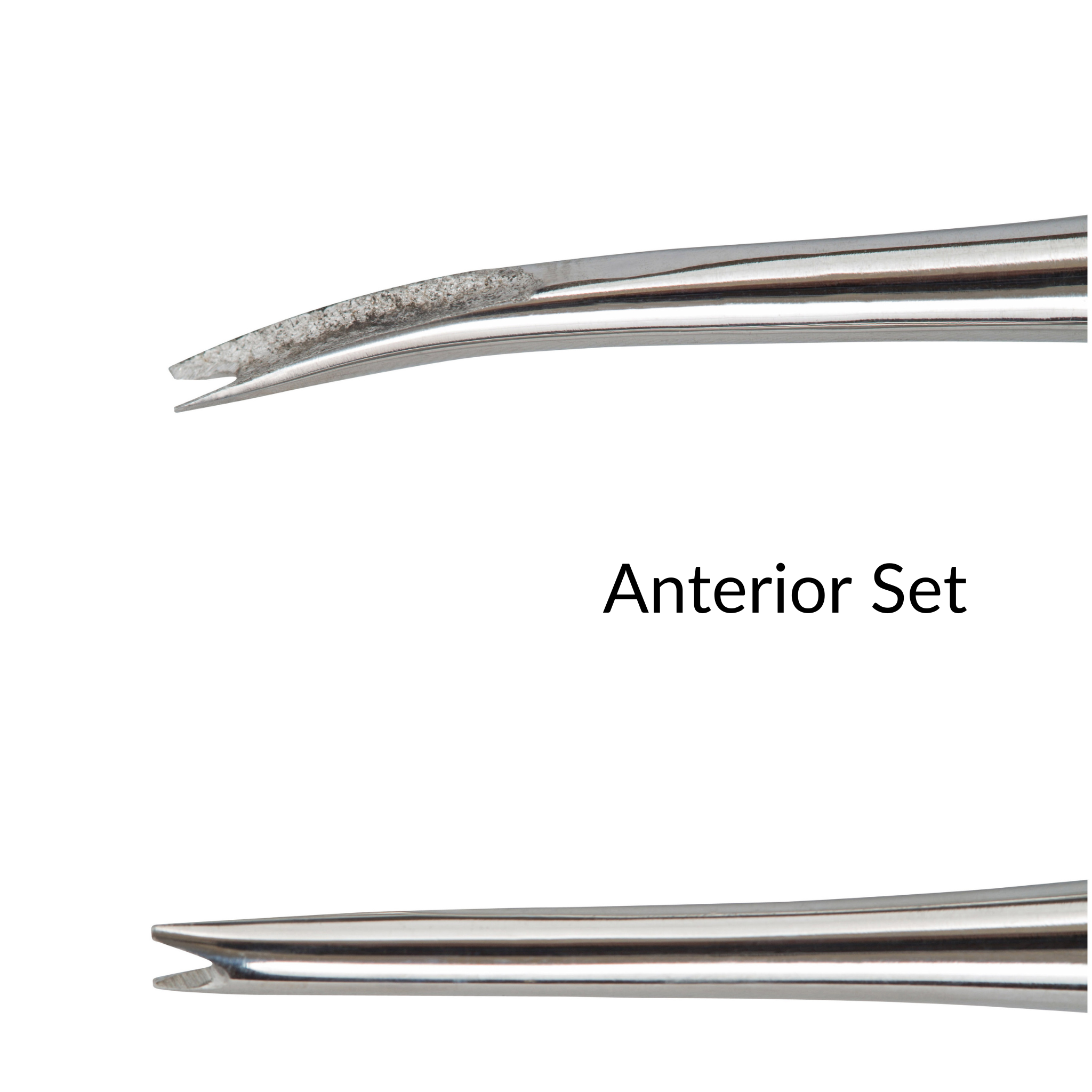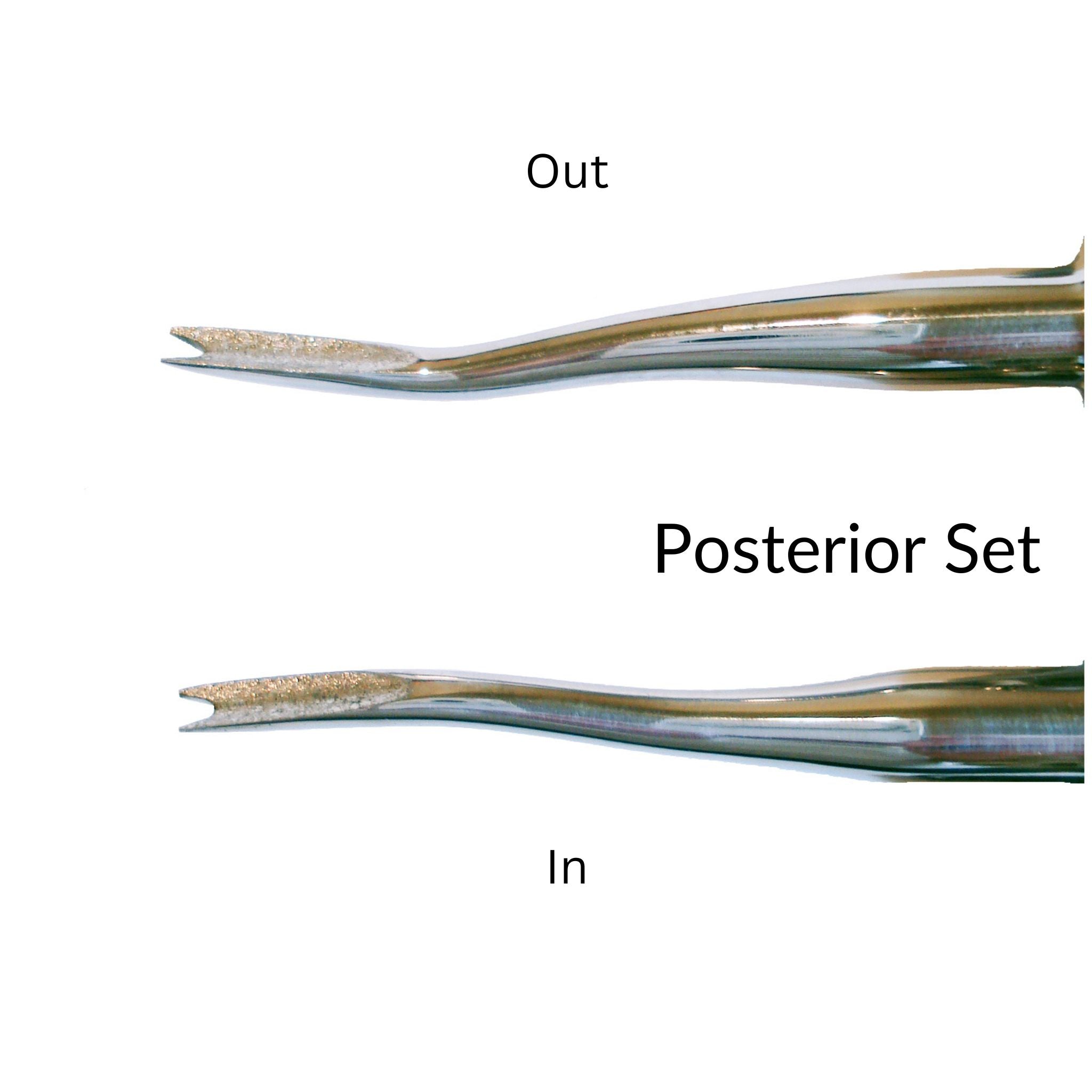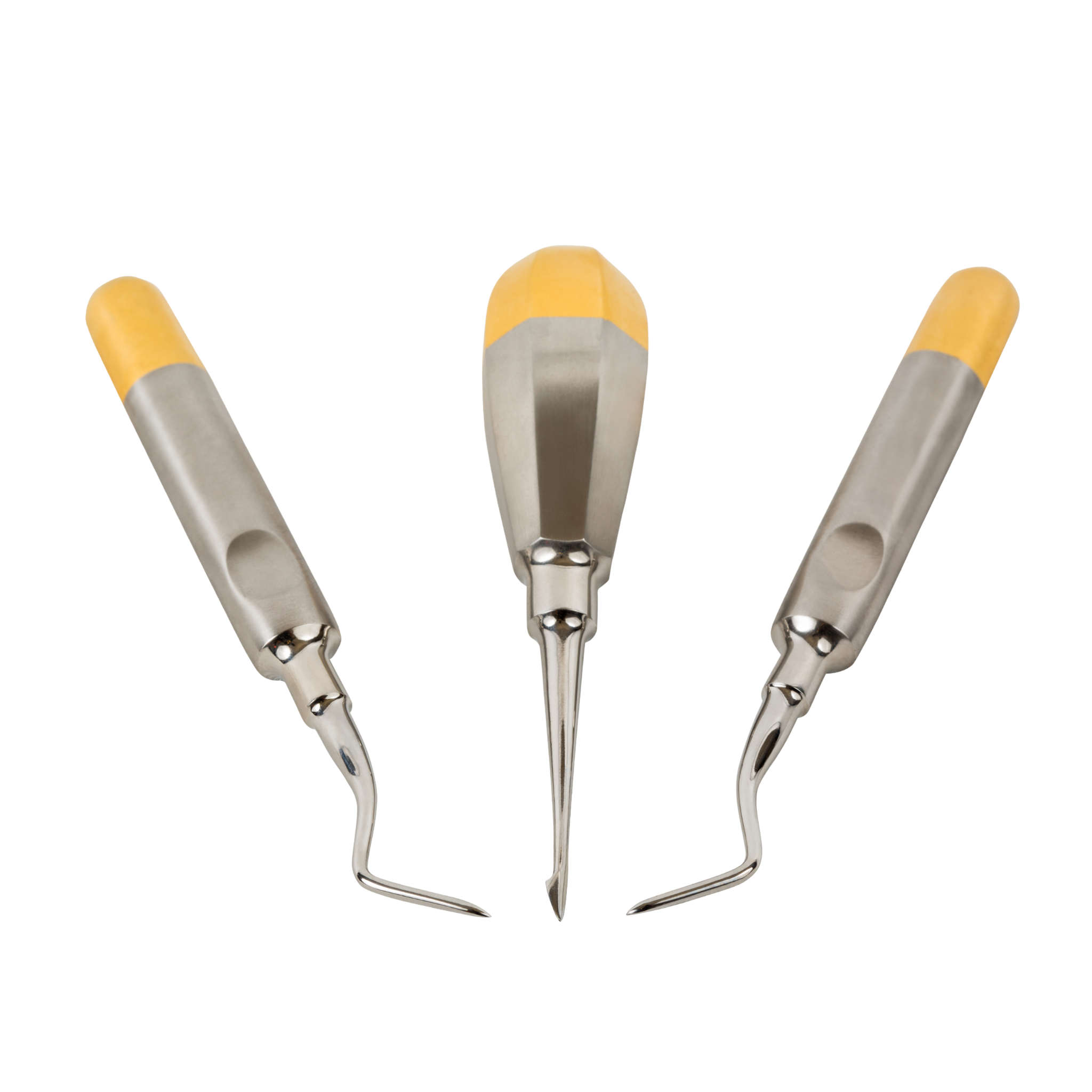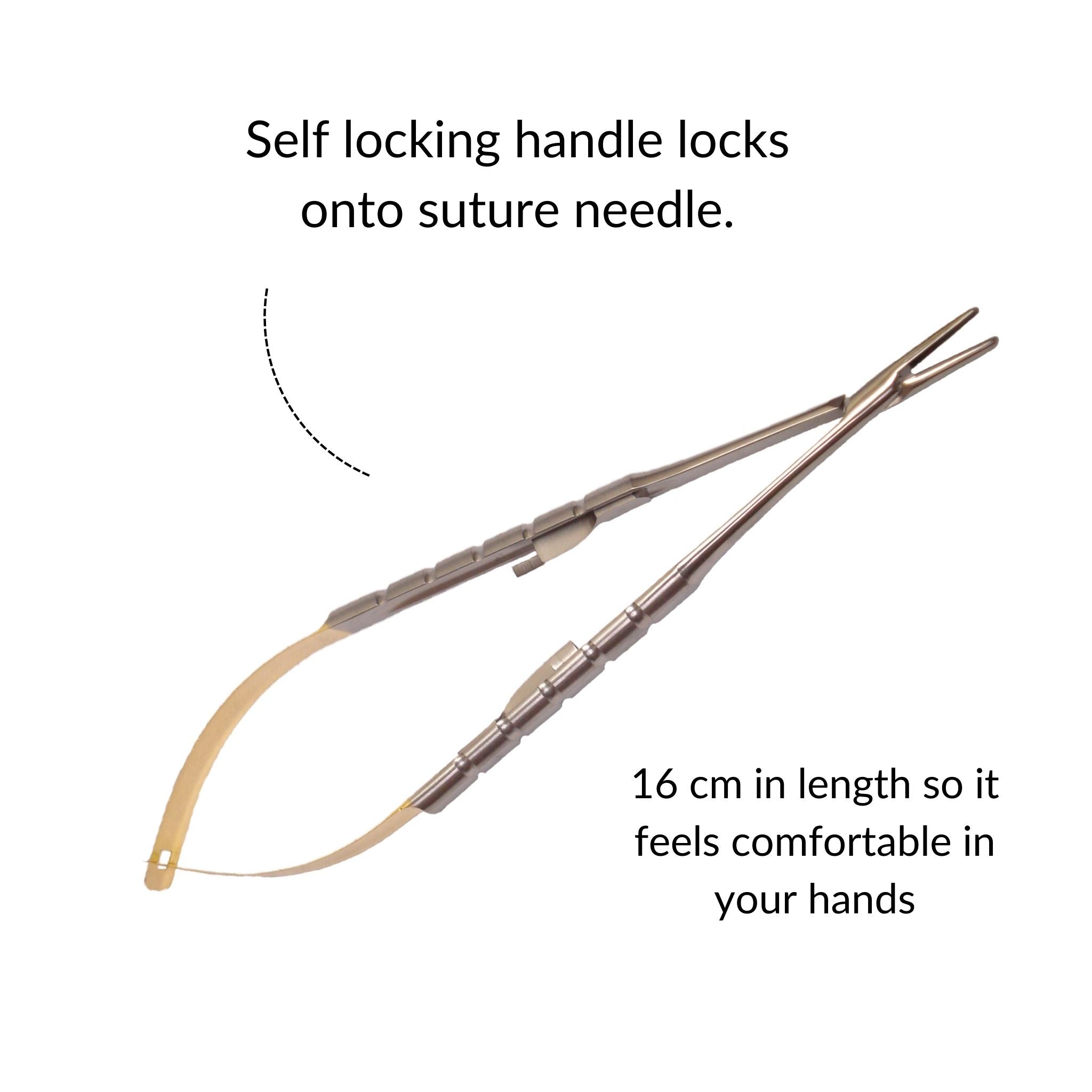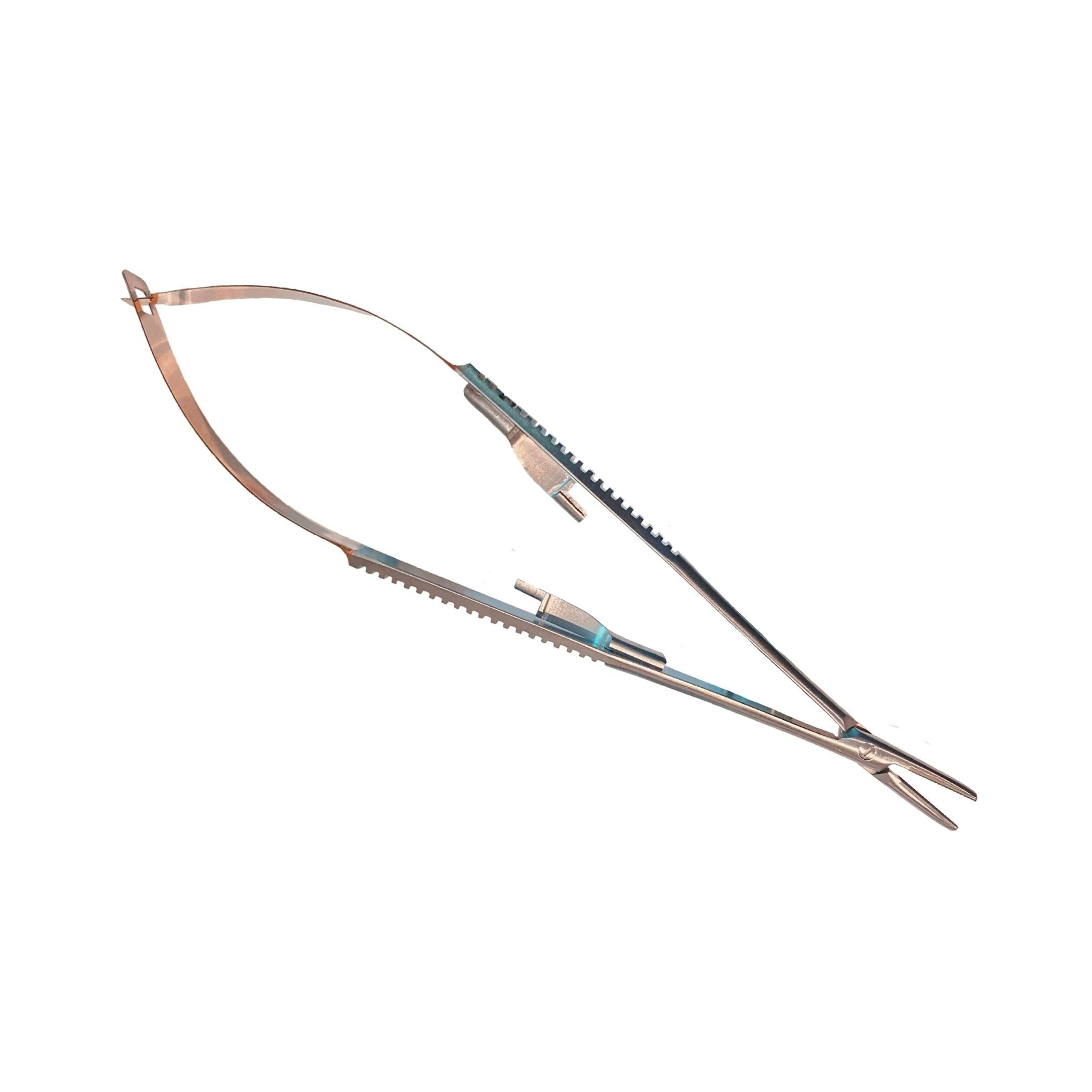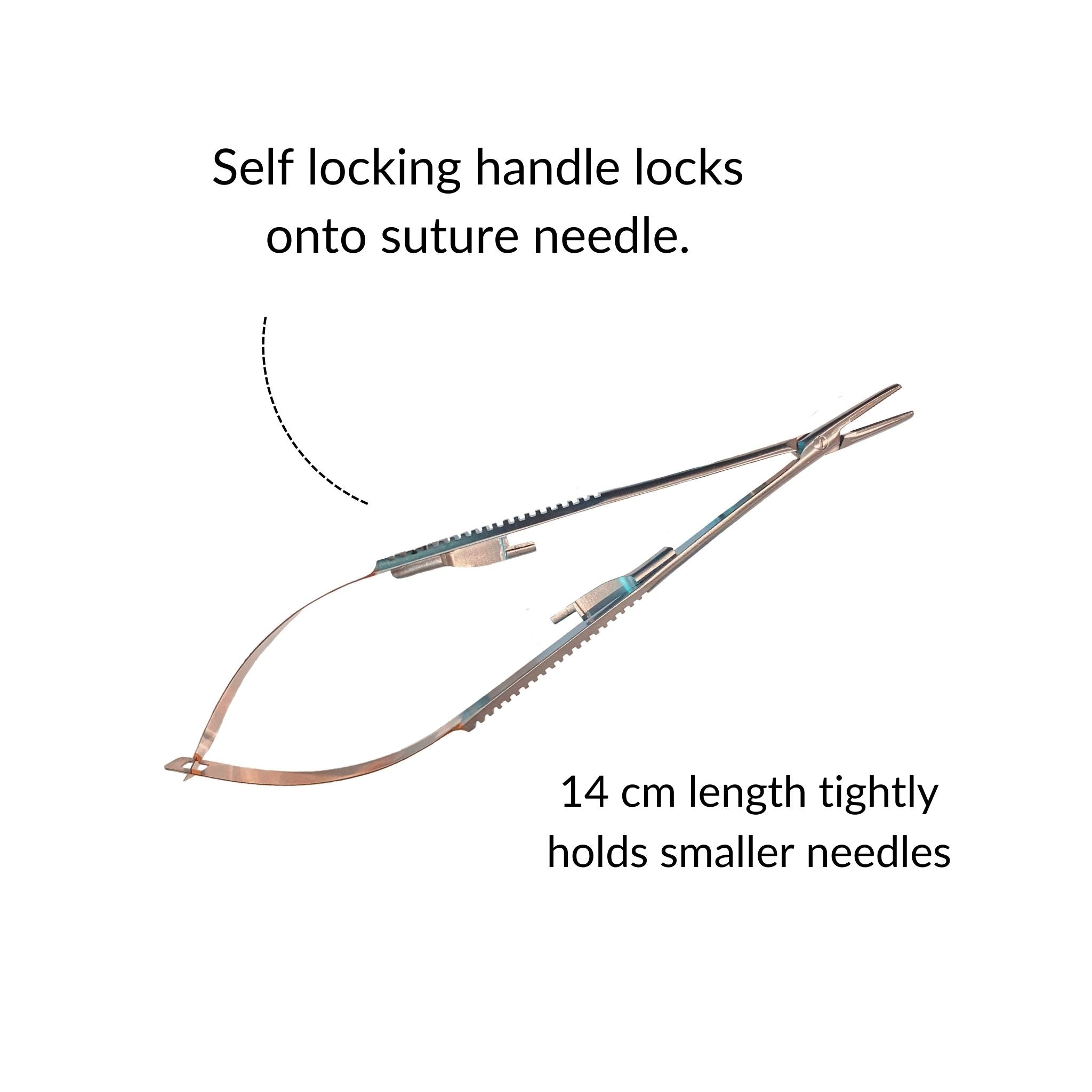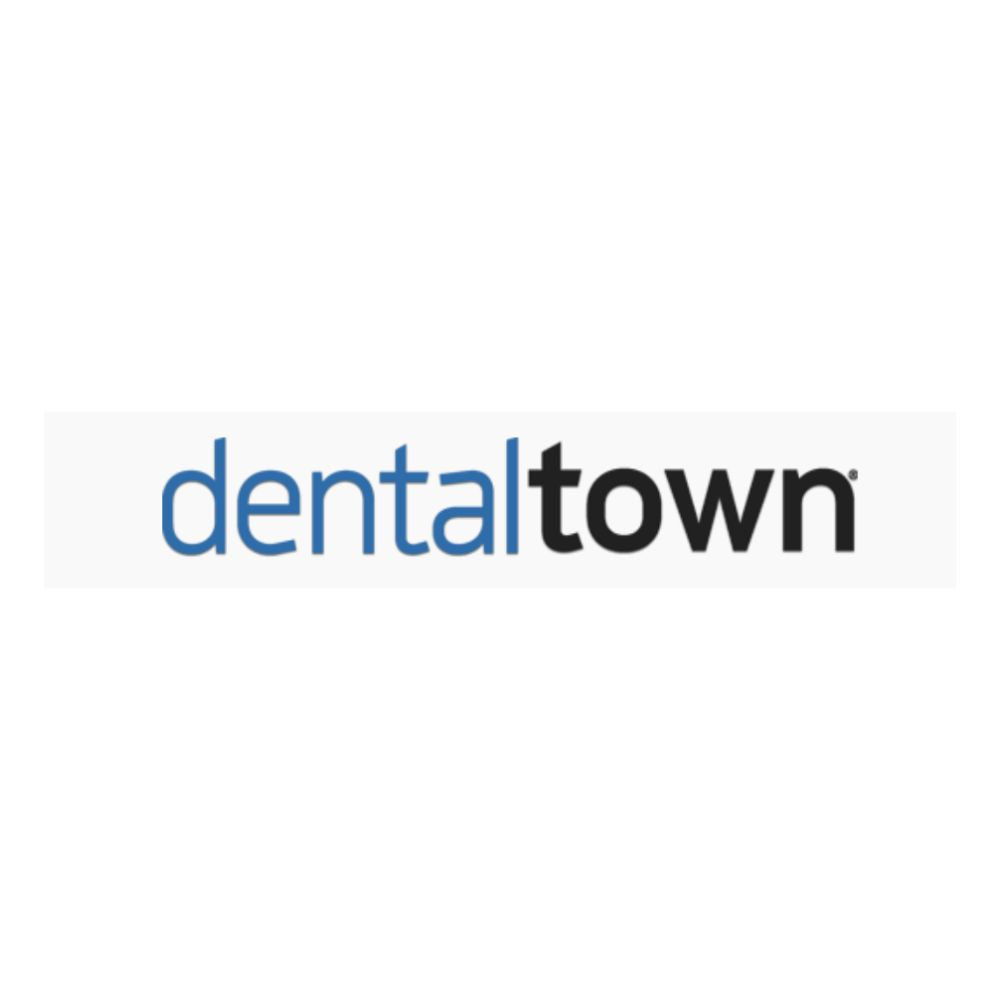When it comes to your dental extraction instruments, you have a plethora of options at your fingertips in this day and age. And while all this variety and versatility can be a blessing, it can also overwhelm and complicate you as you seek out the best tools for your practice.
One particularly tough decision you’ll have to make when preparing for a procedure or shopping for new tools is between the dental elevator vs luxator. These work towards the same common goal – extracting teeth – but the manner in which they do so varies greatly. And, as you probably already know, this is not a decision you should take lightly. Your reputation is on the line – and providing your patients with quick, comfortable, pain-free extractions is paramount to your business’s short and long-term success.
So – which is right for you? Fortunately, you don’t have to play the guessing game or search the web any longer. You’ve come to the right place. ArtCraft Dental is the premier choice for dental instruments in the USA. And today, we’ll fully unpack the dental luxator vs elevator debate to help you make the right choice. We’ll compare and contrast these two tools and explain the pros and cons of each.
By the end of this discussion, you’ll feel confident in sourcing the right tools for your practice. Let’s not waste any time!
Dental Elevator vs Luxator: What is the Difference Between These Instruments?
To help you gain a clear understanding of the difference between the dental elevator vs luxator, we are going to fully unpack each of these instruments separately. Then, we’ll compare and contrast the two so you can identify the most important differences between them. Let’s start with the dental elevator.
Overview of Dental Elevators
A dental elevator is a tool that is designed to loosen and subsequently remove teeth from the mouth. It does so by applying pressure to the root of the tooth to either lift it up or move it laterally- usually without damaging the surrounding tissue.
Dental elevators come in a variety of shapes and sizes, but they all share some common features. For example, most dental elevators have a handle at one end – which you will use to apply pressure and extract the tooth – and a blade or hook at the other end. The type of blade or hook that is used will vary depending on the specific elevator, but they all serve the same purpose: getting under the tooth and loosening it so it can be removed fully intact with ease.
Overview of Dental Luxators
A dental luxator is a tool that is used to loosen and remove teeth from the mouth – just like a dental elevator. However, the way in which a dental luxator works is vastly different from an elevator. While elevators are used to move teeth, luxators are used to separate the teeth from the PDL and surrounding structures.
Like elevators, dental luxators come in a variety of shapes and sizes, but all these varieties share some common features. For example, most dental luxators have a handle at one end – which you will use to apply pressure to the instrument to advance it into the periodontal ligament space – and a blade or hook at the other end. But, the type of blade or hook that is used will vary depending on the specific luxator. Regardless, they all serve the same purpose: getting under the tooth and loosening it so it can be removed more easily.
But now comes the big question – are dental luxators really the right tool for the job? Or, are dental elevators superior?
Below, we’ll compare and contrast these two dental instruments to help you determine where you should allocate your budget.
Dental Elevator vs Luxator: Key Differences Between These Similar Extraction Instruments
Now that you have a better understanding of dental elevators and dental luxators in general, how do they compare? And which instrument is superior for extractions? You can find some of the key takeaways below:
Dental Elevators are More Powerful Than Luxators – and Yet, They’re Less Invasive!
Dental elevators are more powerful than luxators and can be used to extract teeth that are more firmly rooted in the mouth. While they’re more powerful, patients report less pain from extractions performed with dental elevators. This comes down to the manner in which they remove teeth – which we’ll break down below.
Dental Luxators Cut Through the PDL that Surrounds the Tooth – While Elevators Actually Move the Teeth
Dental luxators work by cutting through the PDL that surrounds the tooth. Meanwhile, dental elevators greatly expand the alveolar socket to allow a clean, unobstructed exit path for the tooth. When you bring your forceps out to actually extract the tooth, you’ll find it much easier if you’ve prepped the tooth with elevators vs luxators.
As we just touched on above, the latter is a more invasive method of extraction – and can result in more patient discomfort, along with more stress for you – the doctor. And, it creates a longer recovery time through the increased tissue damage, along with a greater risk of complications.
Dental Elevators are More Comfortable for You, the Doctor
Not only will your patients be glad you used quality dental elevators rather than luxators – you’ll enjoy using these tools more, too. That’s because the handles on luxators are ill-shaped and ill-designed. Proximator handles are also notoriously small – almost pencil-like. They’re uncomfortable to use, and performing surgical procedures is more difficult and stressful.
All of our elevators, on the other hand, are designed with a unique palm handle that allows you to effortlessly maneuver around your patient’s mouth. Our special design of our ergonomic palm handle also gives you more power.
Dental Luxators Have Thin, Brittle Tips – and are More Prone to Breaking Than Elevators
While you undoubtedly put your patient’s well-being and comfort above all else, you also need to consider the affordability and longevity of the equipment and supplies you invest in. This is another reason to choose dental elevators over luxators. They are stronger.
Luxators, on the other hand, have incredibly thin tips. During procedures, you must be very careful and avoid twisting the instrument to achieve lateral movement – as the risk of breaking the tip is high. Do you think it’s a good idea to be concerned about breaking your tools while you should be focusing on the extraction at hand? Probably not – so invest in dental elevators over luxators and enjoy peace of mind.
Dental Luxator vs Elevators: the Verdict
By now, the answer should be clear in the dental luxator vs elevator debate. The elevator is a superior choice.
Elevators allow for faster, more comfortable extractions with less trauma to the delicate tissue in the mouth. Your patients will greatly appreciate the decrease in chair time that can be achieved with elevators. The end result is greater patient satisfaction with quicker recovery time. And, perhaps more importantly, less stress for you – the doctor. Moreover, patients will rant and rave about how impressed they were with your work when you choose to use the best dental elevator for quicker, more pain-free extractions.
But, as you can imagine, not all elevators are created equal. To really reap the benefits we’ve discussed throughout this article, only the most advanced elevator will suffice. Fortunately, you won’t have to search beyond our Xpanders™: the #1 tooth elevator for dental extraction.
Designed by dentists, for dentists, this innovative extraction instrument unlocks your most effortless, comfortable extractions to date. It requires just a small amount of penetration into the PDL space for maximum lateral tooth movement. This helps minimize the risk of rot tips breaking off, and mitigates the pain and discomfort your patient feels. You’ll never dread extractions again!
Parting Thoughts on the Dental Elevator vs Luxator Debate
We hope this discussion has provided you clarity on the dental elevator vs luxator debate. As you can see, elevators are the clear choice for making your extractions quicker, more comfortable, and less stressful. More specifically, you should transform the way you approach extractions with our Xpanders™. But these aren’t the only instrument we’ve created to help take your practice to new heights.
Across our full catalog, you’ll find premium quality tools that make your life easier. That includes temporary crown removers, crown spreaders, dental forceps, and more. We use the highest-quality 420 surgical french and german stainless steel – so your investment will stand the test of time and provide years of reliable use.
Plus, when you shop with us, you also gain access to our affordable direct-to-dentist pricing, fast & free shipping, and a 60-day free trial period. We’re so confident our instruments will exceed your expectations that we back it up with this guarantee. Upgrade your arsenal today and see firsthand why more and more dental offices are outfitting their practices with our tools.




